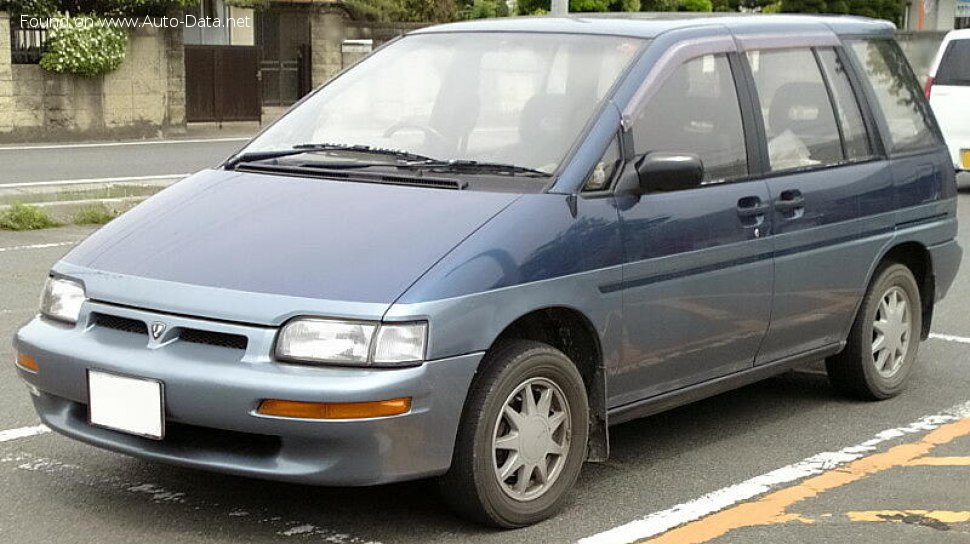


Only the manufacturer and law enforcement can access this number to verify the authenticity of a VIN. The ninth digit, which is also called the “check” digit, can be from 0 – 9 or the letter X and is purposefully kept secret. The sixth digit is for the model change, while the seventh is for the body type (such as 4 for 2-door coupe and 5 for 4-door wagon) and the eight digit represents the restraint and drive trains. The fourth digit to decode a Nissan VIN is the extended engine type, while the fifth digit is the extended model line (such as B for Sentra, C for Versa, or J for Maxima). For example, JN1 would be a Japan produced Nissan passenger vehicle. The first three digits, which is the World Manufacturer Identifier, reveals the manufacturing country, manufacturer, and car type. The chassis number could begin with B10, B20, VB10, KB10, LB10, LB20, or LVB10, which indicates the doors, model, and type.Įach of the 17 digits in Nissan VIN decoding has a specific value. The original engine number for all Datsun 1000 models will all begin with A10, since they were all equipped with an A10 engine. For example, for the original 1000 Sedan, these was no VIN per say, but the chassis number will be located on the hood ledge (engraved inside the engine bay), and the engine number is on the wall of the cylinder. Before the adoption of the standardized 17-digit VIN we know today, manufacturers used different numbers. The location and appearance of the VIN will vary depending on the year and model.

Only 146 vehicles were sold from the introduction until 1961, giving collectors an opportunity to decode Nissan VINs to verify authenticity and originality. The first Nissan VIN decoding in America would begin in 1958, with the 1000 Sedan, a precursor to today’s popular Nissan Altima. Founded in 1914, Nissan has been living up to its slogan, “built for the human race” since its inception, although known and branded as Datsun for decades.


 0 kommentar(er)
0 kommentar(er)
